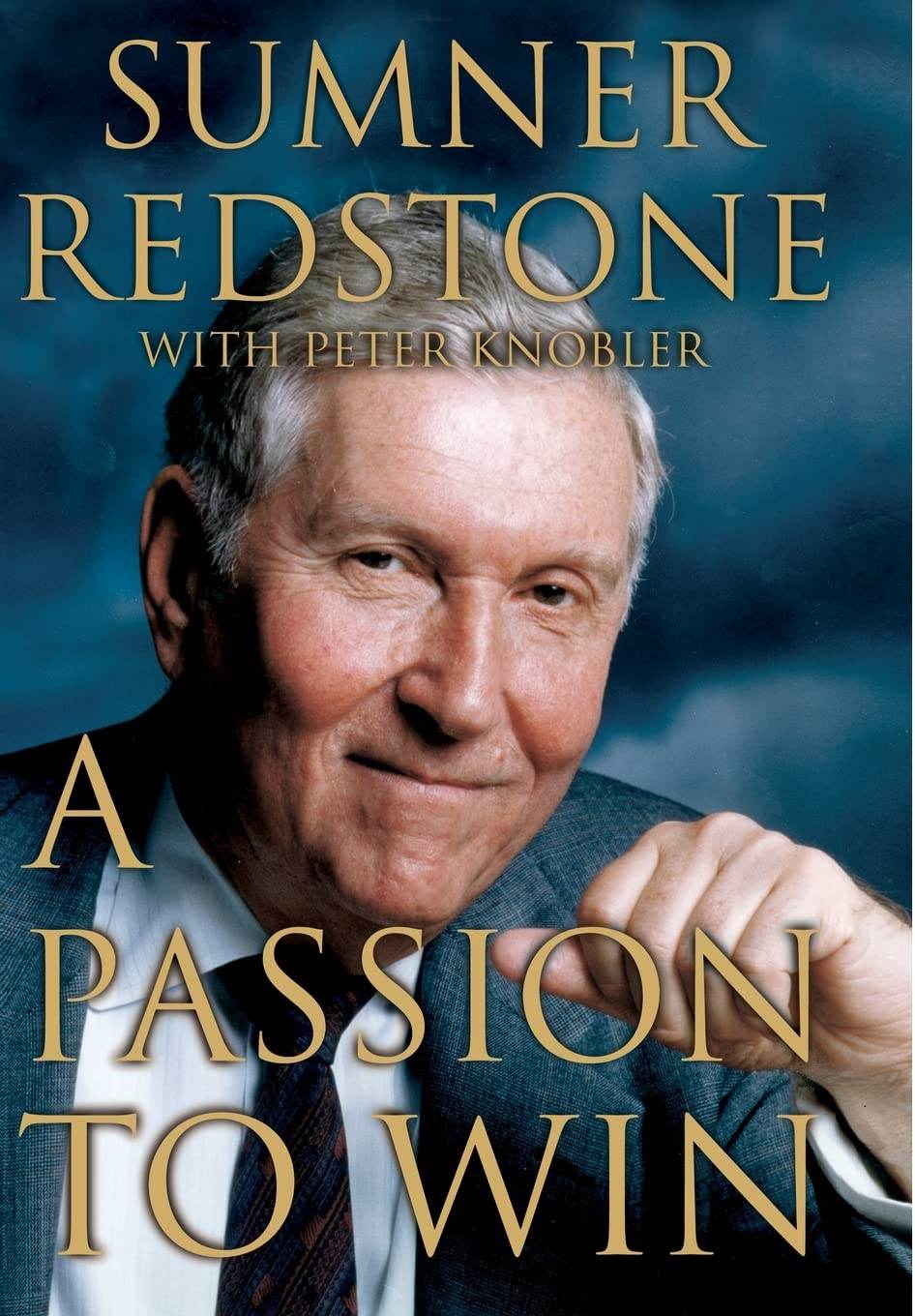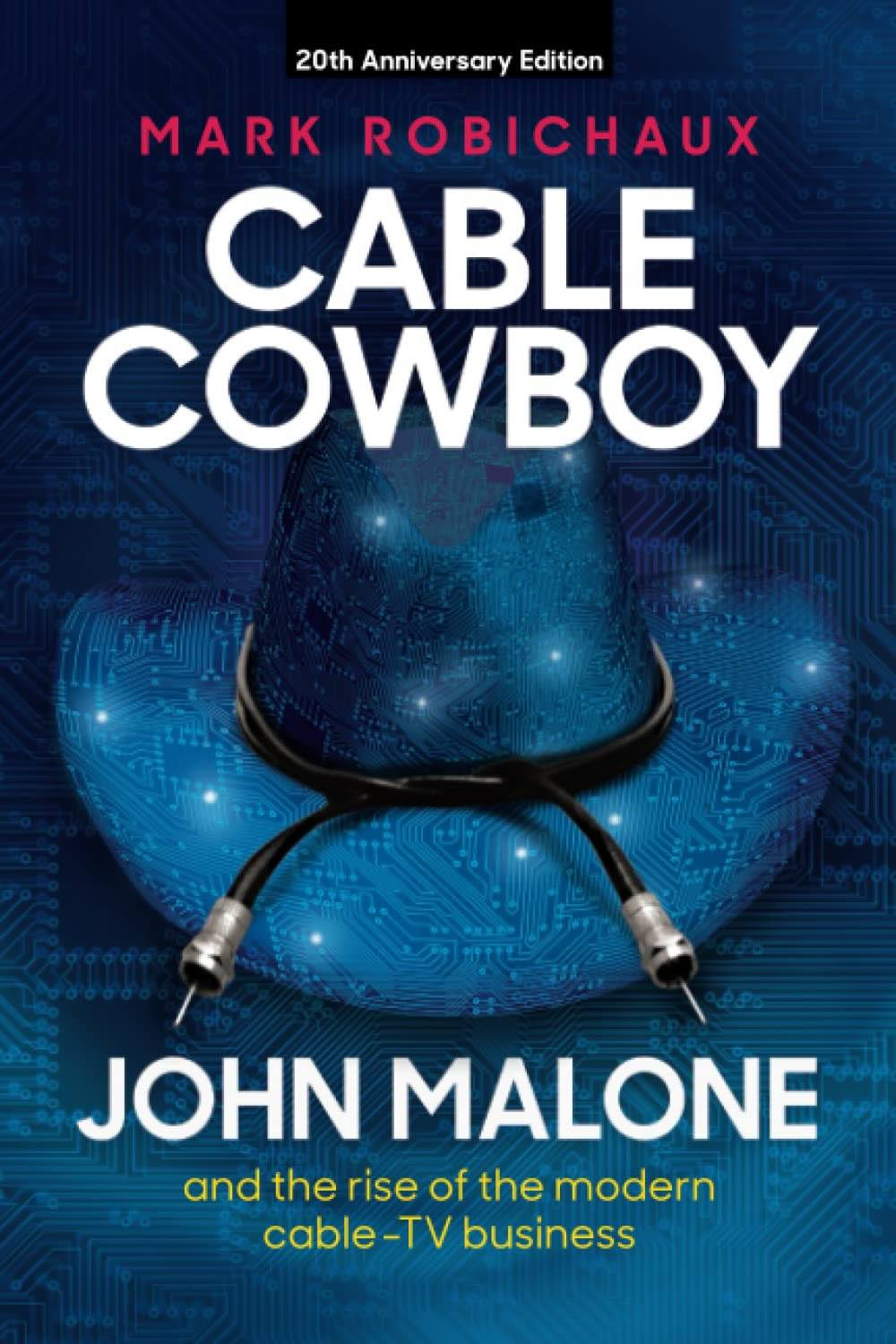Sumner Redstone Part 3: Acquiring His Way to the Top
I finished reading Sumner Redstone’s autobiography, A Passion to Win. The book gave me insight into Redstone as a person. It describes how Redstone took National Amusements, Inc. (NAI) from a family-owned, drive-in theatre business to a publicly traded media empire worth tens of billions of dollars. At the time of the book’s publication in 2001, Redstone’s empire included cable channels, movie theatres, radio stations, broadcast stations, and much more.
Redstone recognized that he needed to be in the content business. Drive-in theatre growth was slowing because of cable, and he was tired of fighting studios. If he couldn’t beat them, he would own them—partially at least. He used NAI’s cash flow to buy substantial ownership in publicly traded movie studios such as Disney and MGM. Redstone scored profits of tens of millions of dollars each on several investments. He profited by $26 million—a roughly 100% return—when Coca-Cola bought Columbia Pictures in 1982. Redstone’s ownership in studios was profitable, educated him on the business, and deepened his industry relationships.
When the leveraged-buyout craze began in the 1980s, Redstone found himself battling with raiders and others who were trying to buy public companies he owned at valuations he thought were too low. In 1986, at age 63, he found himself in a battle over Viacom International, a cable and television programming business that owned MTV, Lifetime, and other assets. After digging into the company’s potential, he decided to buy it outright. He learned to raise debt and fought ferociously to secure the deal (crazy story in the book!). In 1987 he closed the deal. After spending $3.4 billion, he was finally in the content business.
The deal proved lucrative. MTV ended up being a cultural force with a young audience. The channel was the cornerstone of Viacom, “providing more than 50 percent of Viacom’s cashflow” annually in the 1990s. The Cosby Show was another amazing asset. In 1989, its syndication sales were $4 million for each of its 125 episodes. The syndication of that show brought in $500 million to Viacom that year, a record at the time.
Redstone took things further in 1994. He acquired Paramount Pictures for over $10 billion after a brutal battle against Barry Diller and John Malone (another crazy story!) while simultaneously acquiring Blockbuster Video. At roughly age 71, he was in the business of creating movies and producing broadcast television shows (e.g., MacGyver). He owned a library of almost 800 classic films, including The Godfather and the Indiana Jones movies. He also owned the leading video rental company, which would quickly become a thorn in his side.
In 1999, at age 76, Redstone acquired CBS Broadcasting Inc. for $32 billion. CBS was an advertising powerhouse offering radio, cable, and broadcast channels and outdoor advertising (billboards). Surprisingly, this mega deal didn’t involve any battles.
He was number one in radio, cable programming, and outdoor advertising and “would own the number-one audience deliverer both nationally and locally in television.”
Sumner was “the king of content as well as king of distribution.” He had finally won.
Note: If you’re interested, the book provides granular specifics on negotiations and financials for each deal mentioned above.
Prefer listening? Catch audio versions of these blog posts, with more context added, on Apple Podcasts here or Spotify here!






